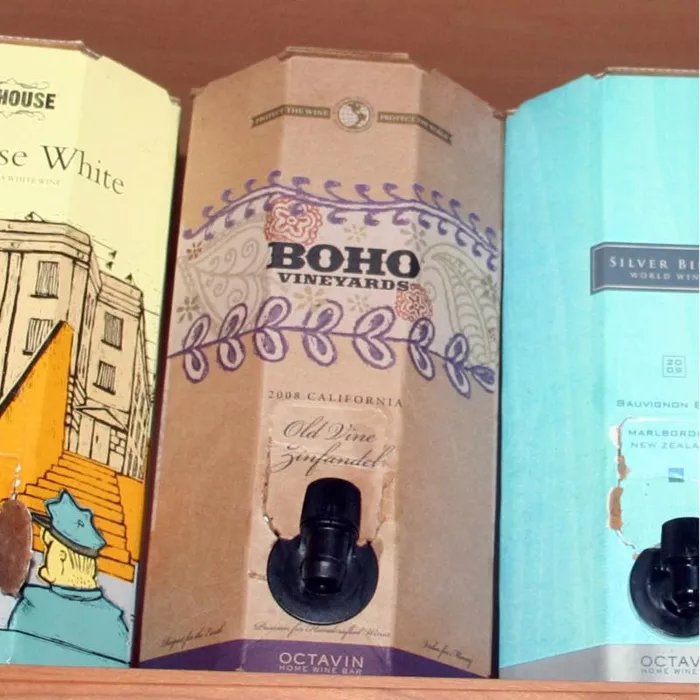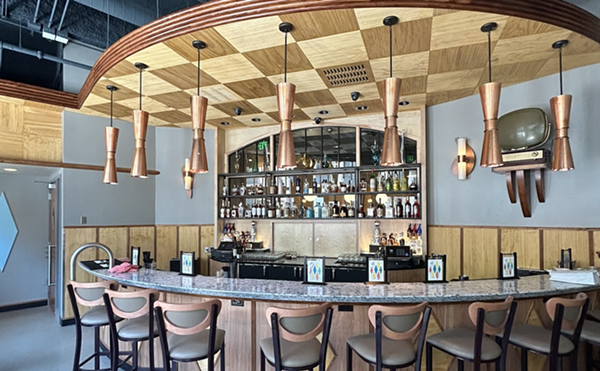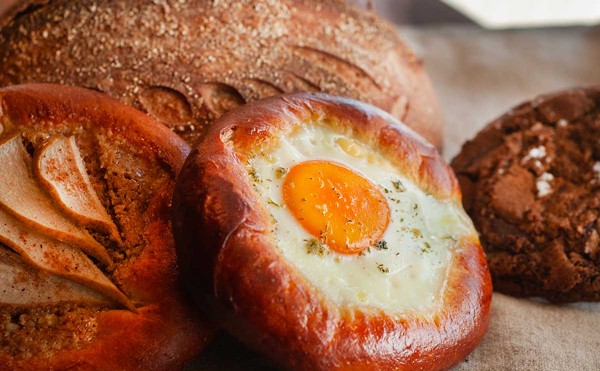I know a good wine when I taste it, but I’ll drink mediocre wine if it’s in front of me, next to some lusty, fatty, protein-rich meal. Food is where I spend my money and do my fussing.
And while decent wine is preferable, I don’t allocate much brain space to keeping track of wine labels, and am pretty worthless at giving specific recommendations. But put me in a wine store, and I can find the best cheap wine.
Here are my tips for getting the most wine for your buck.
The blend is your friend
The word “varietal” means the wine comes from a particular variety of grape, such as Cabernet or Merlot. Varietals are a recent development in the wine world, and exist primarily in the Western Hemisphere. Back in the Old World, meanwhile, wines have always been categorized by the region they come from, such as Bordeaux, in France-where both Cabernet and Merlot grapes, among others, are grown.
Making wines from just one grape variety is a bit nerdy, in a good way. I can see how a wine enthusiast could get off on comparing different wines made from the same variety of grape, and become an expert on, say, Pinot Noir. You’d get to know that grape intimately, and learn how it does in different regions, in different years.
Still, I resonate with the European model, in which a village would come together around the wine press, as they did around the olive press, and stomp all of their grapes together, in the original wine and cheese party. (Toe cheese, that is.)
Throwing all the grapes together produced wines with more rounded, if generic flavor, thanks to the diversity of constituents. I can live with generic, as long as it’s not too oaky, or vinegary, or musty, or any of those bad things. If the wine is smooth and low profile I’m just fine with that, and I’ll save the tours de terroir for when someone else is paying.
Winemakers who blend have many more tools at their disposal than when working varietals. Freedom to blend allows a skilled vintner to tweak the flavor in any direction allowed by the grapes at his disposal, to the point where it almost seems like cheating, especially when blends are compared to varietals.
Blended wines, often labeled “table wine,” are some of the best wine values around, as you’re not paying for the prestige, hassle or paperwork, of varietals. These days, you can find decent blended wines, made in New World wineries, to rival the European blends.
Unless you’re some fancy expert who knows exactly what you want in a varietal, you’re playing a game that’s most likely to end with you paying more for a bottle that is less satisfying than a cheaper blend would be.
Tip 2: Think outside the bottle
Boxed wines have a bad reputation, rooted in their early days when some truly awful wines were packaged that way. But boxes are no longer where bad wines go to die.
Boxed wine is packaged in what’s called a Bladder in Box, or BiB, system, in which the wine occupies a plastic bladder within the cardboard box. Despite boxed wine’s rap, there is nothing inherent in BiB technology that conflicts with wine quality. In fact, thanks to the one-way valve and collapsible bladder, no oxygen is allowed to touch the wine. As the volume of wine shrinks, the bladder inside the box shrinks with it, snuggly containing the dwindling volume of wine inside. Most BiBs are guaranteed a six-week life span once opened, while an opened bottle’s life span is a matter of days.
Savvy campers have known for years that boxed wine is a no-brainer for back-country boozery. There’s no broken glass, or wine spills in your backpack, and no big heavy bottle to pack out. You don’t even need to bring the box part, or you can use it to start a fire.
The one clear advantage that bottles have over boxes is with long-term storage, aka cellaring, of wine. BiB packaging is not conducive to that, and accordingly, the wines that are packaged in boxes aren’t designed to be aged. So if you’re in the one percent of oenophiles that can afford to keep wine as a hobby, you should probably stick to bottles.
But according to the website betterwinesbetterworld.com, a full 99 percent of wine consumption is intended for use within six months of purchase. If this 99 percent all drank boxed wine, according to the website, that would be the equivalent in carbon savings of taking a quarter-million cars off the road, while eliminating 941 million tons of glass.
The packaging in a three-liter box runs cheaper than packaging for four 0.75 liter bottles, and one box is much lighter, more compact, and of a shape more amenable to shipping than four bottles. Environmental savings like this translate into financial savings, some of which are passed along to consumers, which makes it possible to find some very drinkable wines in three liter boxes at $20 or less, which works out to $5 or less for a bottle.
Not surprisingly, some of the best boxed deals are blends.






